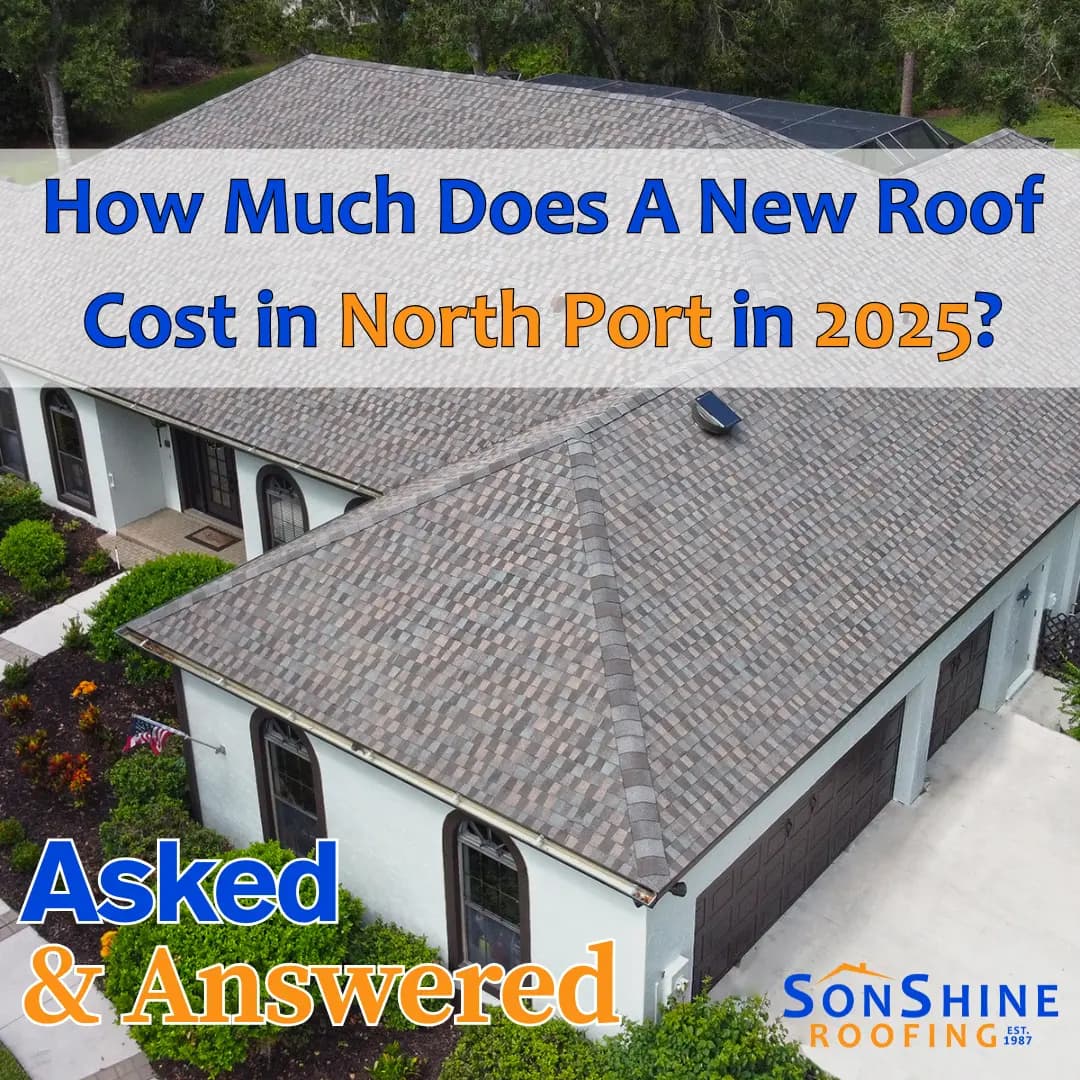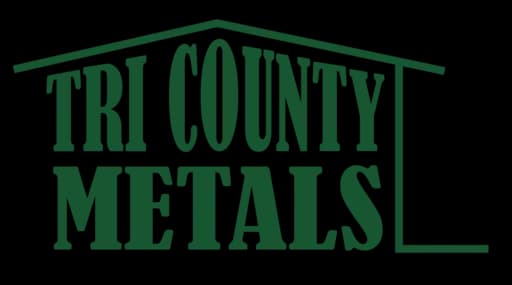The roof is one of the most important parts of your home—it protects your family, boosts curb appeal, and plays a huge role in energy efficiency. When it’s time for a roof replacement, one of the biggest choices you’ll make is deciding between a metal roof vs shingles.
Each has pros and cons depending on your budget, style, climate, and goals. This guide breaks down four essential questions every Sarasota homeowner should ask to choose the best roofing material for their home.
1. What Aesthetics Do You Want?
Both metal and shingle roofs offer plenty of style options. Metal roofing is available in sleek, modern panels or rustic corrugated forms and comes in a variety of materials such as aluminum, copper, and galvanized steel. It can give your home a high-end, contemporary look.
Take the first step
Schedule a fast, no-pressure visit. Since 1987 we’ve got you covered.
Get startedAsphalt shingles are more traditional but versatile. They can mimic tile, slate, or wood shakes and come in many colors and textures—perfect for Colonial, Victorian, or Mediterranean-style homes.
Ultimately, the choice depends on your personal taste and how you want your home to look from the curb.
2. Which is More Eco-Friendly?
If sustainability is important to you, metal roofs have a clear advantage. Most metal roofing systems contain recycled materials and are fully recyclable at the end of their lifespan.
Metal roofs also reflect solar heat, helping reduce cooling costs in Sarasota’s hot climate. Some even qualify as cool roofs, increasing energy efficiency.
In contrast, asphalt shingles are petroleum-based and often end up in landfills after replacement. While they’re affordable, they’re less eco-friendly in the long run.
3. What Fits the Budget?
Cost is a major factor in the metal roof vs shingles decision.
- Metal roofs: $500–$1,000 per 100 square feet
- Asphalt shingles: $300–$700 per 100 square feet
Metal roofing requires professional installation and specialized skills, making the upfront investment higher. But the long-term value is strong, thanks to their durability and lower maintenance needs.
Shingles are easier and faster to install, making them more budget-friendly for initial installation and repairs. If you’re working within a tighter budget, shingles may be the better option.
4. Which Lasts Longer?
Durability is where metal really shines. A well-installed metal roof can last 40 to 70 years. It resists UV rays, strong winds, and Florida’s hurricane weather. However, it can be susceptible to dents from hail or falling branches, depending on the type of metal.
Shingles typically last 15 to 30 years and require more frequent maintenance. They’re more vulnerable to heat damage, algae growth, and storm wear—common issues in Florida’s humid climate.
Metal Roof vs Shingles: Final Thoughts
If you want a sleek, long-lasting, and eco-friendly roof, a metal roof is a smart investment. If affordability and a traditional look are your top priorities, asphalt shingles may suit you better.
Still not sure which option is best? Check out our guide to the best roofing materials or contact us for a personalized consultation.
Need Help Choosing the Right Roof?
At SonShine Roofing, we’ve helped Sarasota, Manatee, and Charlotte County homeowners choose and install the right roof for more than 38 years. Let us help you make a smart investment in your home.
Schedule a roof consultation today and discover the difference a trusted local roofing expert can make.















